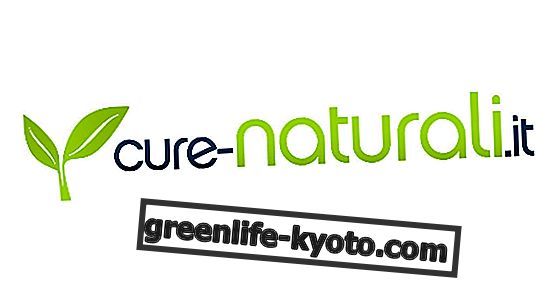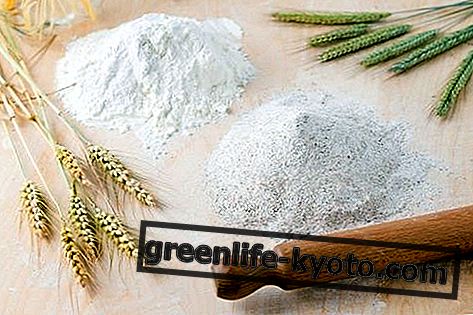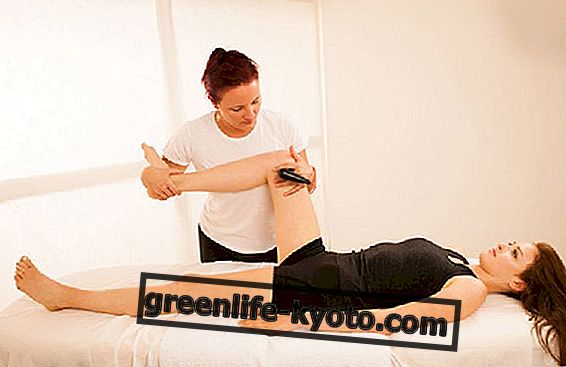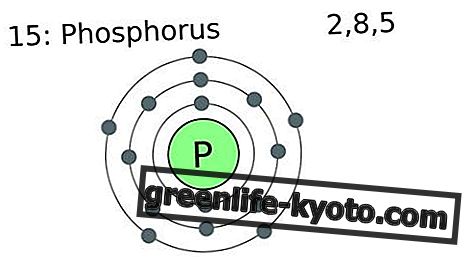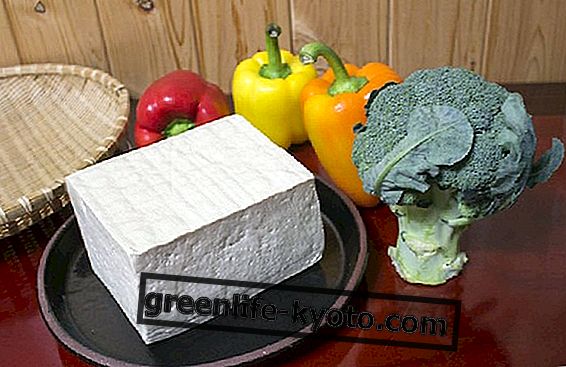
Kinesiology
Kinesiology is a method aimed at the diagnosis and treatment of a series of diseases, not only osteoarticular, by analyzing the strength and muscle tone of a subject thanks to an appropriate test ( muscle test ) and the reactivity of the nervous system ( kinesiological test ). The applied kinesiology test works as an interpretative code of the overall or sectorial, organic or psycho-emotional state of health.
Becoming a kinesiologist involves focusing not on specific symptoms, but rather verifying and correcting imbalances throughout the system, encouraging the mind and body to heal themselves. Even kinesiology, such as chiropractic and osteopathy, believes that the osteoarticular adjustment and the rebalancing of muscle tone allow a better circulation of blood, lymph and cerebrospinal fluid. Applied kinesiology is effective in the field of food intolerances, digestive disorders, metabolic and intestinal problems, stress, anxiety, attention and memory disorders and, of course, muscle pain and various osteoarticular changes guy. But who can practice it?
Become a kinesiologist
Applied kinesiology is practiced by graduates in Medicine, dentists, physiotherapists, nutritionists and chiropractors. According to a survey by the NBCE ( National Board of Chiropractic Examiners ), the percentage of chiropractors who use applied kinesiology in their activity is 40% in the USA, 30% in Canada, 60% in Australia, 70% in New Zealand.
The Kinesiology Federation is the National Associate Member for Italy of IASK, the international association of reference for those who become kinesiologists, founded in 1987 in the USA. To become a kinesiologist one must complete a general course of study that lasts at least two years and then specialize. Let's see how.
Become kinesiolgo: the courses
The courses to become kinesiologists are not all the same. There are in fact several kinesiology courses, with different degrees of detail. A serious preparation in the kinesiological field requires a commitment of several years. Individual courses can be followed, but this does not mean being a kinesiologist. Everyone can assess whether he is interested in taking some courses or following a complete course of studies. Often the study procedures are structured so that the person poses to participate in one or more seminars and subsequently decide to engage more in the frequency, until completing the path to becoming a kinesiologist.
Usually, the steps to become a professional kinesiologist are 3 years (at least 1032 hours of study); there are also two-year study procedures for Operator (377 hours) and Personal Development Consultant (604 hours). Each will choose the course of study based on their own objectives and needs. Kinesiology instructors have various levels of competence and preparation: the ideal is to get to know the instructor in person before attending a course, even better would be to attend, whenever possible, free lectures or courses that allow you to understand your affinity with the teaching method and if the depth of the topics covered reflects its aims.





